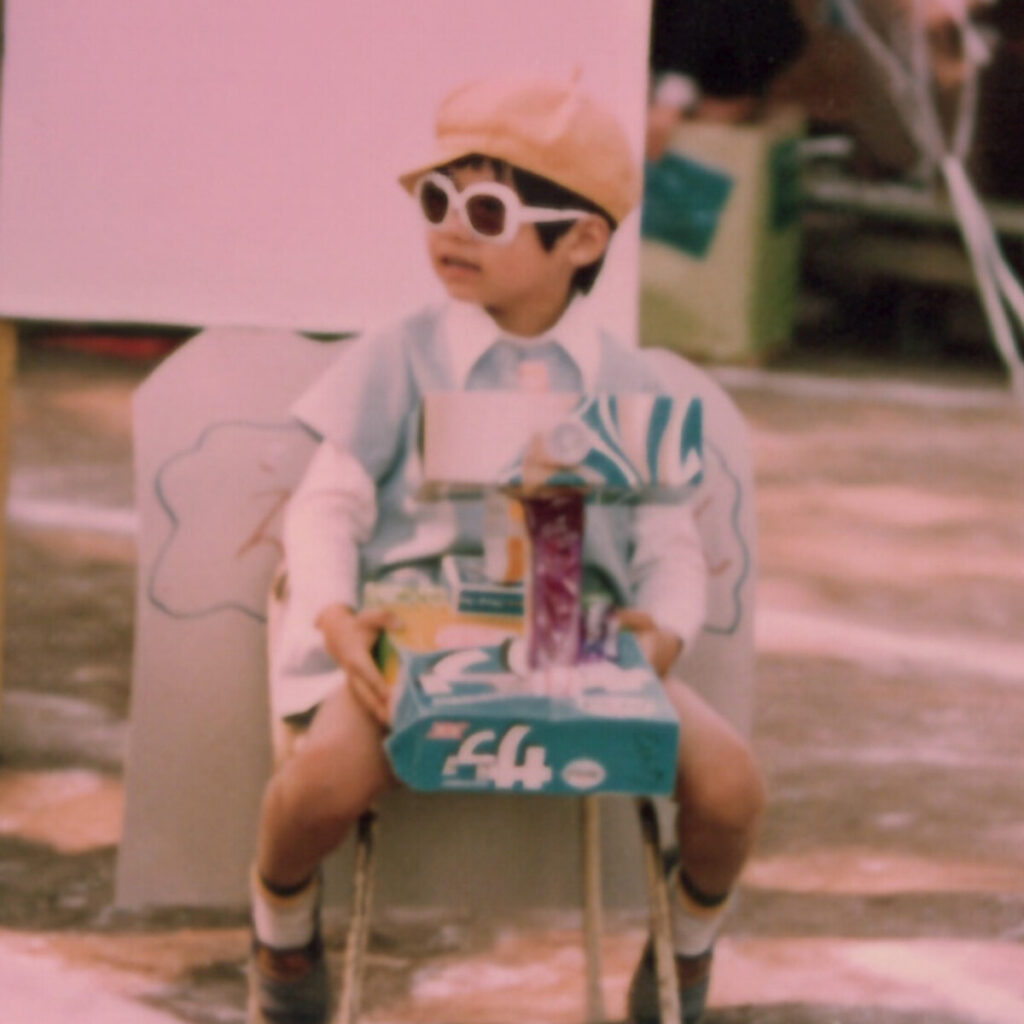
Member Profile: Taro Narahara
1. What do you do, and how long have you been doing it?
I have been working in the field of computational design in architecture and urban design for over 2 decades now as a researcher, designer, consultant, inventor, and educator. I explore how computational technologies, such as AI, VR, and UI, can transform and enhance human design processes, currently as an Associate Professor at New Jersey Institute of Technology (NJIT). Previously, I worked as a licensed architect on projects around the world.
2. What was your first job?
My first full-time job was as an architect at Skidmore Owings and Merrill (SOM) and Gluckman Mayner Architects in NYC, where I worked for over 7 years on award-winning projects, such as the Mori Art Museum, before entering academia.
3. Where did you complete your formal education?
My final degree was a Doctor of Design from Harvard University Graduate School of Design in 2010 (now at NJIT, where I am an Associate Professor.) Previously, I received an MS in Architecture Studies in Computation (2007) from MIT and a Master of Architecture degree (1997) from Washington University. My first degree was in Mathematics (1994) from Waseda University in Tokyo.
4. How did you first get involved with ACM SIGGRAPH?
I first heard the term “SIGGRAPH” from my advisor at MIT, Prof. Takehiko Nagakura, who has been a regular contributor. My colleague and mentor at NJIT, Prof. Glenn Goldman, suggested I submit my work to SIGGRAPH for their review. In 2014, I first presented my accepted work at SIGGRAPH Talks.
5. What is your favorite memory of a SIGGRAPH conference?
Contrary to popular belief, the weather in LA, which is neither hot nor cold, was terrible for me, and when it came time to give my presentation at SIGGRAPH 2015, my throat hurt so badly that I lost my voice and wondered what would happen. I was so relieved when I managed to finish my presentation.
So far, I have had the opportunity to present 5 accepted works in SIGGRAPH Talks, Studio, Education Forum, and Technical Briefs thanks to SIGGRAPH, which includes tracks that value the creative use of technology.
6. Describe a project that you would like to share with the ACM SIGGRAPH community.
My recent project published in IEEE Transactions on Multimedia features my original multimodal deep neural network model that can estimate perceptual architectural values, such as the living comfort of apartments, including modernity, luxuriance, openness, and privacy, from real estate floor plan images. This is the first study to present a machine learning-based prediction model for subjective functionality and comfort in apartments. We created a unique dataset using crowdsourcing (3,128 participants rated 1,000 floor plans based on nine subjective criteria) and filed a patent on our technology with the University of Tokyo.
7. If you could have dinner with one living or non-living person, who would it be and why?
I would love to have dinner with my grandfathers and great-grandfathers and ask them how I am doing. Or I would like to meet myself 20 years from now and ask me what I am doing right and wrong.
8. What is something most people don’t know about you?
My kindergarten ambition was to become a movie director. My friend’s aunt, who worked in the film industry, offered me free tickets to any movie playing in Japan, so I went to the cinema every day until high school. Currently, my kindergarten goals are unmet, but at least I attend SIGGRAPH from time to time.
9. From which single individual have you learned the most in your life? What did they teach you?
Jun Tanabe, my high school track & field coach and inventor, taught me to explore into unknown territory beyond the classroom, exploring subjects without established textbooks or known methodology, and following my inclinations regardless of popular appeal. I was a guinea pig for his new invention to make anyone sprint faster. I cut, pasted, and wrapped bicycle tire tubes around my body while running daily, hand-traced the trajectory of my foot motions caught on VHS video, evaluated its progress over two years, and compiled my theory to sprint faster as my high-school thesis.
To name a few more: Shgeru Sato, my junior high school teacher, instilled in me a passion for mathematics. Tsutomu Shioda, my undergraduate English professor, was the first to push me to leave Japan and see the world, despite my not-so-great English at the time. Adrian Luchini, my hero and mentor, showed me how cool an architect could be. Takehiko Nagakura and Kostas Terzidis introduced me to algorithmic design. Martin Bechthold introduced me to robotic fabrication…
10. Is there someone in particular who has influenced your decision to work with ACM SIGGRAPH?
Glenn Goldman (NJIT) and Takehiko Nagakura (MIT) urged me to participate in ACM SIGGRAPH.
11. What can you point to in your career as your proudest moment?
I am nobody. Such a moment has yet to come. However, I will continue striving to find what I enjoy doing and the best environment to do it. If I had to say, I was happy when I received the Human Communication (HC) Award from the Institute of Electronics, Information and Communication Engineers (IEICE), a renowned Computer Science society in Japan, for a paper based on my original concepts derived from my fields of Design and Architecture.